Although I try to avoid writing in the first person on the pages of Audio Idiom, this text, somewhat out of necessity, will be somewhat confessional. When war began in Ukraine on 24 February 2022, I felt that writing about music, especially audio, stopped making any sense (certainly, for a while). To write about aspects of the sound of music or the nature of audio equipment at a time when people were being killed and cities destroyed a few hundred kilometres away seemed to me to be a misunderstanding, even an abuse. I felt this particularly clearly when, during the following days of the aggression, NATO fighter missions flew over my flat in Krakow, heading for the skies of our eastern neighbours. My conviction (probably the conviction of my entire generation) that the time of armed conflicts in Europe was a long-vanished song of the past lay in ruins. When Ukrainian families with children appeared in the house, and the piano room turned into a practice room, dust began to appear on the audio altar (my wife’s pettish term). Along with the dust, came the reflection that the category of luxury products, of which audio is included, is the highest step in the hierarchy of human needs.

When, a few months later, an opportunity appeared to get familiar with the sound of an amplifier from the Lviv-based PhaSt Audio manufactory, I decided that this was proof to shake off the shock and find a renewed sense in writing about audio. I have written about the brand and, in particular, its image previously (here: link), but it is worth reminding here that this is a company for which good audio is also audio that is (can be) the decoration of the living room. It is not just well-constructed electronics, but a whole concept based on the selection and choice of the best available components, noble finishing materials, proportions and a certain charm of discretion. If I were to venture and point out the cultural connotations, I would say that the PhaSt has a somewhat colonial character and shabbiness, and this, adds to its nobility and, in a way, timeless solidity. Whether this is intentional or a predilection for a certain type of sound, I do not know, but having had the opportunity to listen to the second device from this Ukrainian brand, I can say that they share a kind of sound finish. Generally speaking, it is a distinguished and noble sound. In character, it is closer to a limousine journey than a quad ride on moguls or a sports muscle car on steroids. In expression, it’s a beauty rather than a beast.
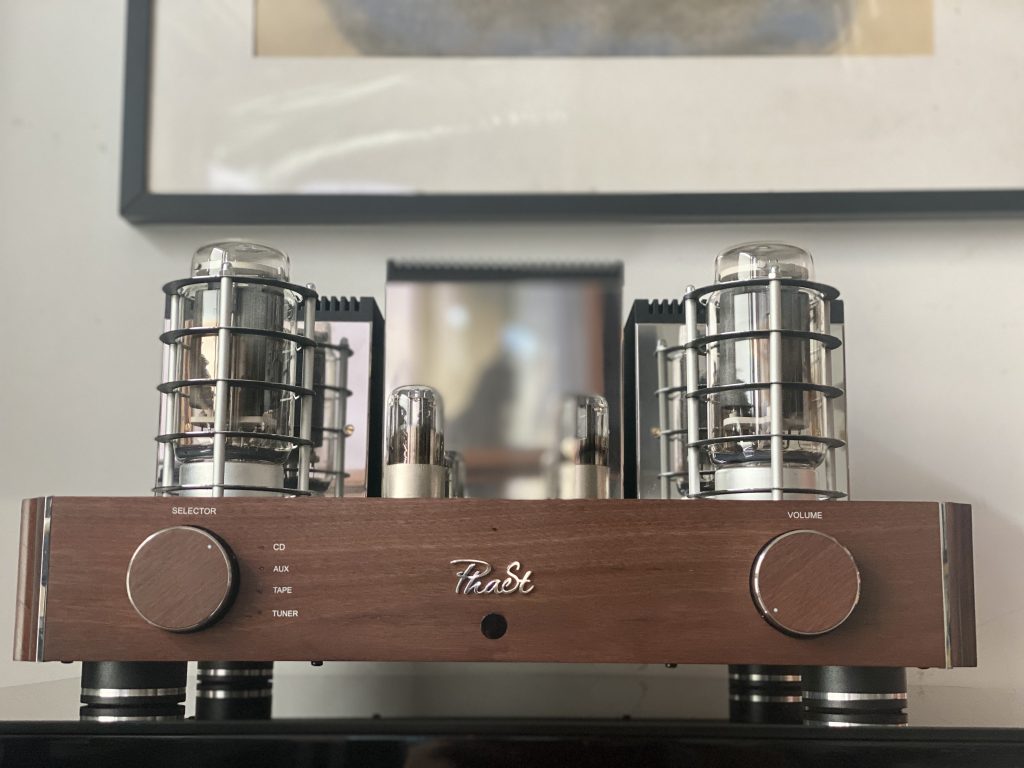
What is also characteristic of this brand is the choice of power tubes in the design of its equipment. I would describe this choice with the word non-obvious. There are no popular KT88s, no 300Bs, not even my favourite 845 triode, which I use every day in my Line Magnetic application (test: here). Instead, there are 6C33C, popularly known as devils, there are 6P3S (6L6), or the 6C41C described in the previous text about PhaSt. And yet, the choice of tubes in an amplifier design is, in a way, similar to the choice of instrument. There is, after all, a difference whether we play bass guitar or double bass, whether we choose an acoustic or electric instrument, or whether we reach for a computer and synthesise sound. This does not necessarily mean choosing a musical style, although this is most often the case. What’s more, instruments are even assigned to their stylistics. For example, it is difficult to find many heavy metal saxophonists, and a bass guitar works better with an electric jazz than with an acoustic combo. The same is true for tubes. Lovers of hard-beat music are unlikely to be interested in a 300B tube, but will look in the category of KT88 or KT150 tubes, to name but a few. Those for whom the musical diet consists of classical music and small ensembles with vocals will do, perhaps, the opposite. There are, however, exceptions.
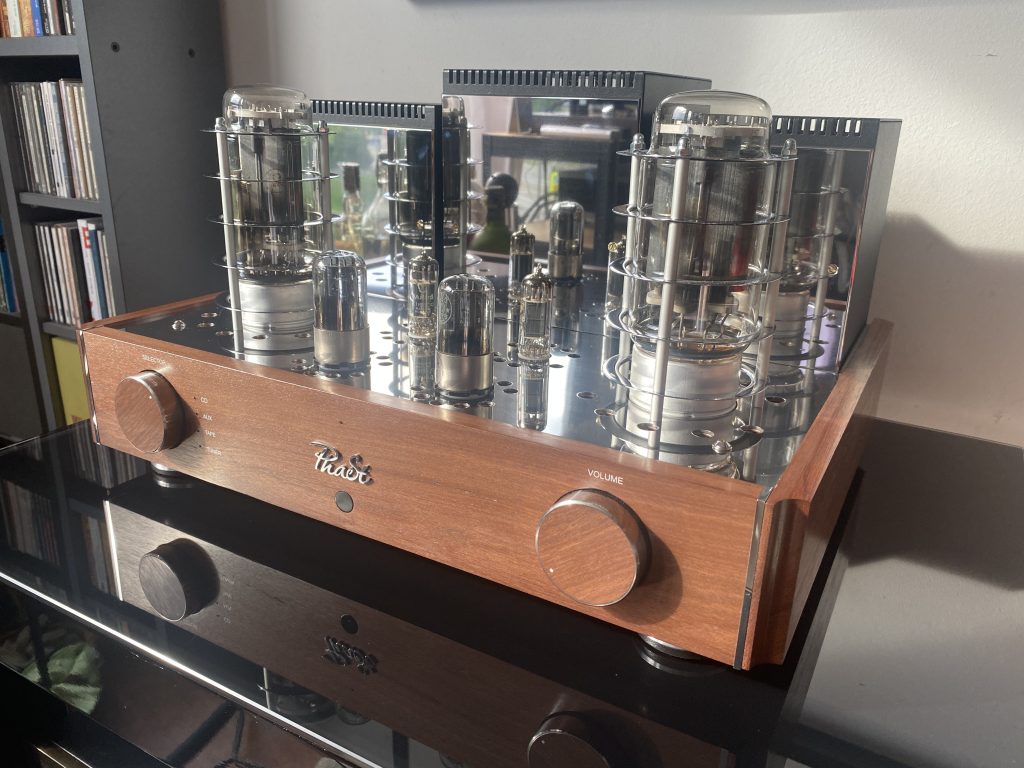
As far as music is concerned, what comes to mind here is a distinguished jazz bassist who, although he played the double bass in his youth, reached the fullness of his musical expression on the bass guitar, which he plays in a unique and peculiar way. What is more, his change of instrument did not change his style, but only deepened his language of expression and made his music more sophisticated. Steve Swallow is a bassist who needs no introduction for jazz lovers. His oeuvre is enough to fill several musicians and his sound, phrasing and unique touch are his trademark. Anyone who has heard his recordings at least once, or better still, has been to a concert, will surely agree with me. He is a one-of-a-kind musician and a separate category among bass players. Such a separate category among tubes seems to be the GM-70 tube, which makes it possible to remain unlimited in musical choices to a musical monodiet. The album „Swallow Tales”, released by the ECM label and featuring John Scofield (guitar) and Bill Stewart (drums) alongside Steve Swallow, will provide an excuse to talk about the sound of the PhaSt integrated amplifier on GM-70 tubes.
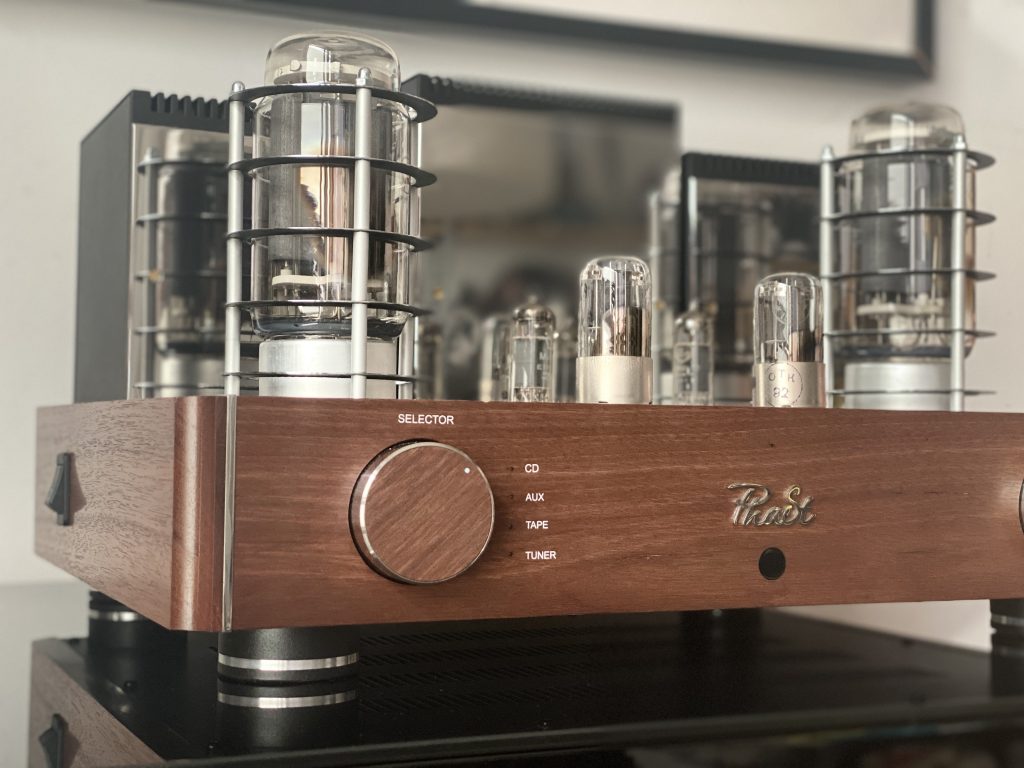
However, before I go any further, let me make one more digression. It will make the reading of the interpretation more readable. For it has crossed my mind that the complexity of audio interpretation resembles, in its nature, the complexity of perfume composition. Each of us has his or her own favourite 'scents’ and what is exceptional for some, is unacceptable for others. However, these compositions are made up of notes and, in this, are also somewhat reminiscent of music. However, while someone who puts notes together is called a composer, the composer has even more in common with lamp-lovers than the former. One could turn this into a joke and say that, just as in audio, only the best NOS make the best sound/sound. However, this is not about anecdote, but about pointing out the nature of things. For every composition is a complex arrangement. Individual notes are layered, some perceptible, others merely accompanying. In this, the composition of a sound is also very similar to the composition of a perfume. Unlike music, where the number of notes is limited, perfume compositions benefit from a real wealth of notes. In a very vivid way, this is told in the film/book „Perfume”, in which the smells can even be felt from the screen. But let’s return to audio and our amplifier on GM-70 tubes.
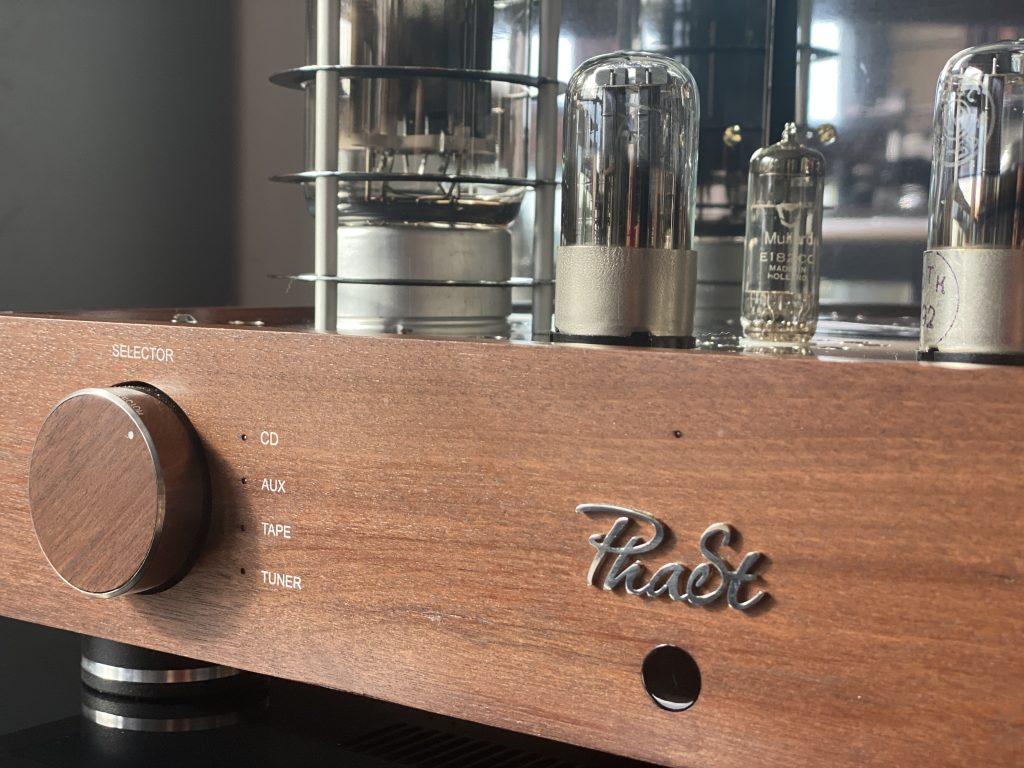
Staying in the world of perfume for a while longer, I would say that PhaSta’s sound is leathery, full of tobacco and coffee. In this, too, it comes across to me as very colonial. It reminded me of the exclusive Black Afgano perfume extract from Nasomatto, which Alessandro Gualtieri is responsible for composing. As I listened to the music, I was constantly accompanied by the leathery aroma and the almost tangible texture of well-tanned and fragrant leather. Someone may not like it, for me it was a euphoric state. The PhaSt GM-70 plays well from the proverbial first watt. Its sound is umami-like in character, velvety and leathery in finish, dignified, calm and refined. It conveys the solidity of the instruments exceptionally well, maintaining the right proportions. However, it focuses more on the decay than the attack. Without any sharpness, it keeps the bass in control, which was clearly audible on the previously mentioned album featuring Steve Swallow. The trio’s music sounded without any aggressiveness, and Bill Stewart’s drumming literally appeared in the listening room. Listening to PhaSta, one can get the impression that each album is realised better than it actually is. However, this is a positive feature. This leatheriness and colonial shabbiness brilliantly add an extra layer and sophistication to its sonic composition. For my part, I would recommend a source with a slightly stiffer sound character. This was demonstrated well by the EMT cartridge from the entry-level series, which added more nerve and attack to the music. The PhaSt captures this aspect very well, although it tends to smooth out the midrange itself. A stiff-sounding source can complement this brilliantly.
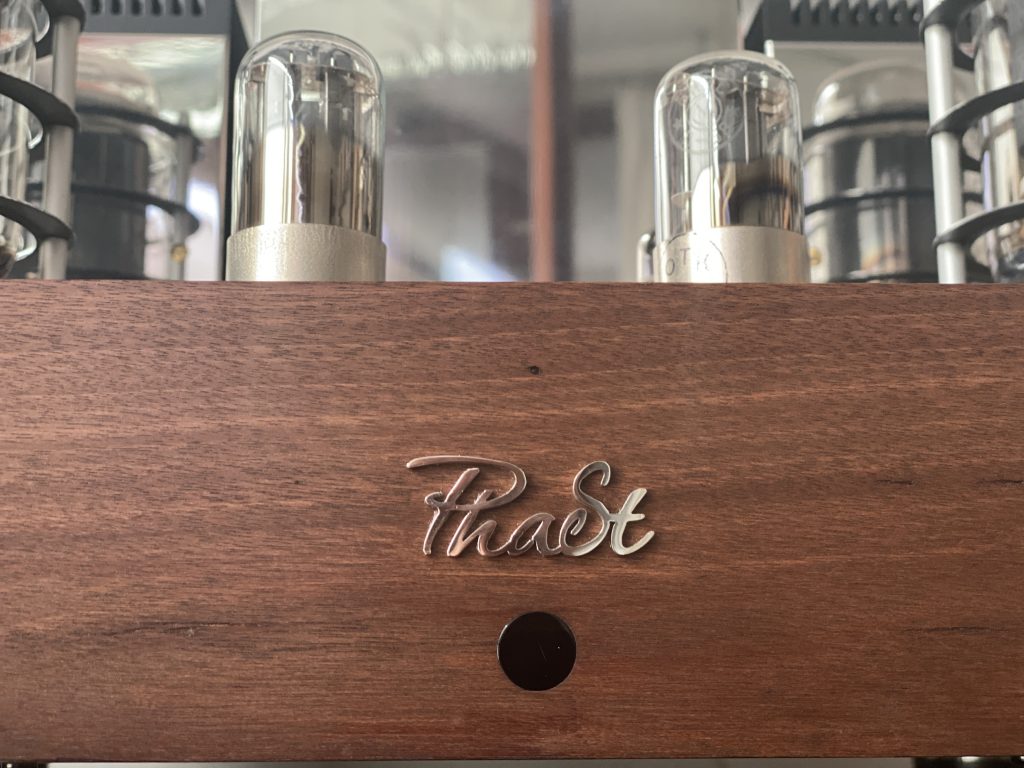
The PhaSt GM-70 is an exceptionally successful design and sound concept. Its non-obvious character and transcendent style are hard to define, making it an extremely versatile interpreter of music. However, it must be given good working conditions, including, above all, a clean current. It is a sensitive device. This should not be a problem, as the Polish distributor of this brand is also a manufacturer of high-quality power conditioners, the Unicorn Audio company. Then, this device will provide you with a musical journey into the nuances of musical pleasure, wrapping you in timeless quality!!!


